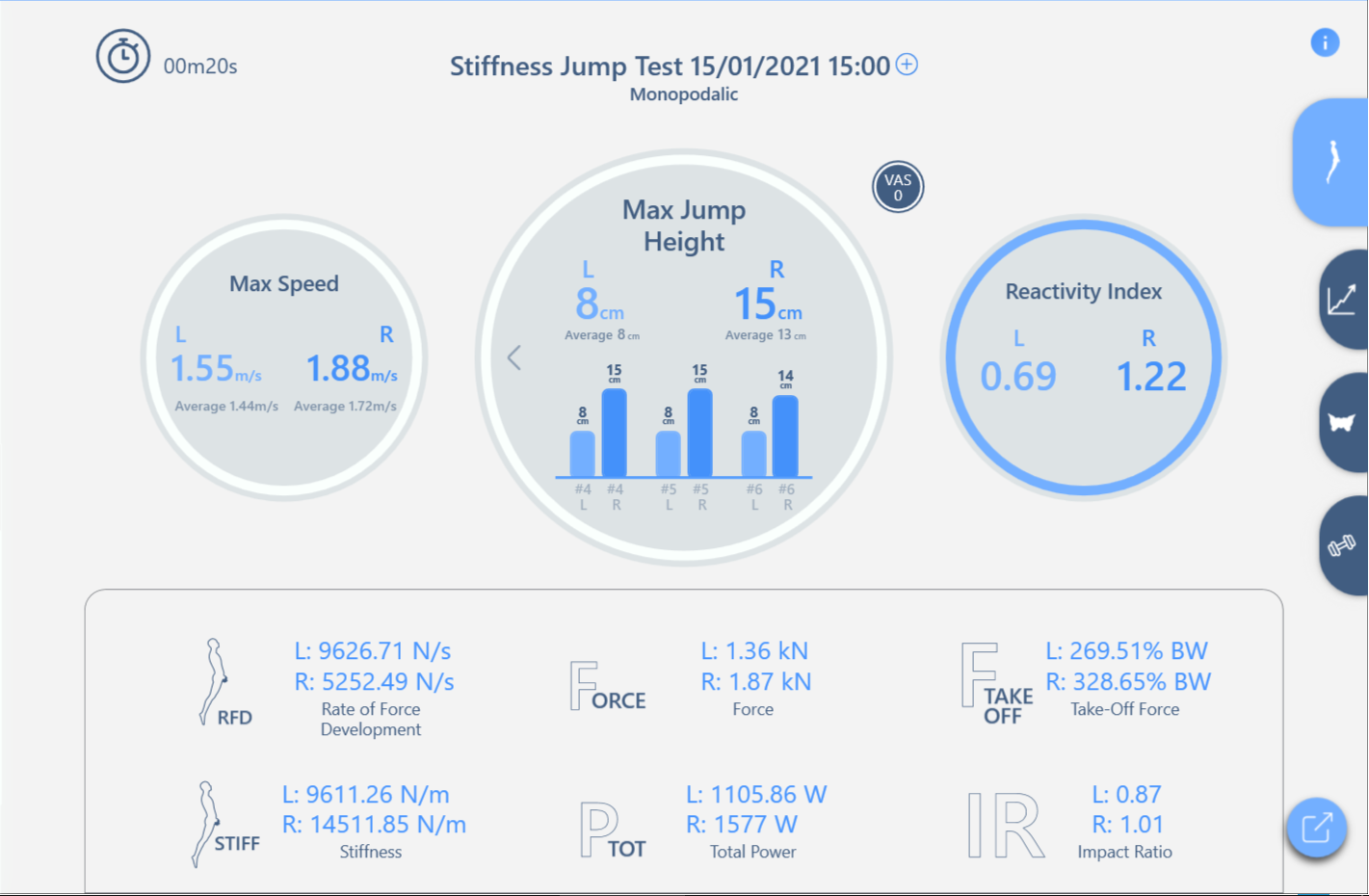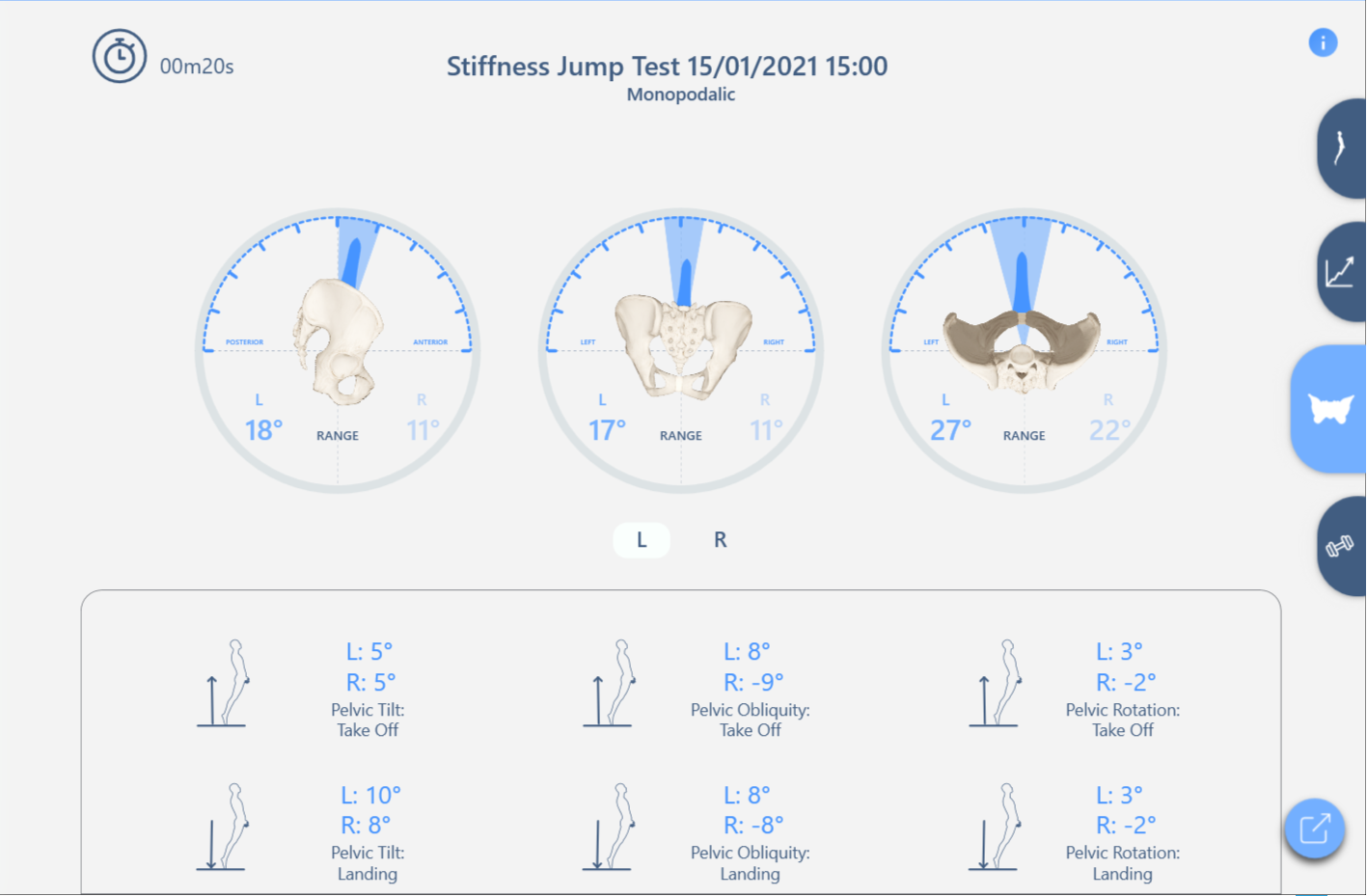Author: Dr. Paolo Pirozzi
Introduction
Ankle sprain trauma is a subluxation phenomenon of the ankle joint characterized by strong stress on the capsule-ligamentous compartment of the ankle. In the world of football, this type of injury constitutes 17% of the traumas that athletes face, often with important consequences on their career. This is enough to say that even 4 years after the injury, 40% of the players report feelings of instability and the risk of re-injury is still high [1].
The anterior talar peroneal ligament is primarily responsible for the lateral stability of the ankle and is also the most prone to injury, followed by the calcaneal peroneal and posterior talus peroneal. Keeping the focus on the football sector, a study estimated that 77% of injuries occur during the competitive phase [2]. The periods of the season in which sprained ankle injuries occur can be divided as follows [3]:
· 37% in the pre-season
· 41% during the season
· 21% in the post-season
Anamnesis
A 24-year-old patient, a professional 5-a-side football athlete, diagnosed with "high-grade distractive injury to the anterior talar peroneal ligament, peroneal calcaneal and posterior talar peroneal, with contusive bone edema on the calcaneus and talus, marked edematous inhibition of the soft peri-malleolar tissues and discrete teno-synovitis of the peroneal bones ". Two months after the injury, after having followed a rehabilitation process with the referring medical staff, I submit the patient to a physiotherapy assessment based on movement analysis to ascertain the effective recovery and possible return to competitive activity, thus minimizing the risk of any relapse.
Assessment
To check the patient's state of health, the following tests are performed:
- Y-Balance test: evaluation of balance on one leg by bringing the contralateral foot as far as possible in the three directions (anterior, postero-medial and postero-lateral)
- Side Hop Test: measurement of the time taken to perform 10 hops on one leg laterally and medially on two lines 30 cm apart
- Stiffness Jump Monopodalico with baiobit: instrumental analysis of a series of jumps performed with stiff knees to increase the work on the ankles. In this way it is possible to quantify the performance in terms of strength expressed, height and performance of the gesture itself, comparing the healthy limb and the injured limb
Results
For each value measured in the different tests, it was possible to calculate the Limb Simmetry Index (LSI), or the percentage index of symmetry between the two limbs. It should be noted that a difference of more than 10-15% denotes an excessive imbalance between the right and left compartments. Specifically, the results of each test are:
- Y-Balance Test: the LSI is 12% and testifies a good recovery of balance and proprioception
- Side Hop Test: the LSI is equal to 30% highlighting a functional deficit of explosive strength during lateral movements
- Stiffness Jump related to four parameters (img. 1):
- average height, LSI is 50%
- strength, LSI is 72%
- power, LSI is 80%
- reactivity index, LSI is equal to 71%

In light of the data that emerged, there is a lack of ability to generate and absorb energy on the part of the injured ankle. In addition, thanks to the use of baiobit during the execution of the Stiffness Jump monopodalioc test, it was possible to monitor the difference in position at the level of the pelvis during the execution of the gesture performed in the right monopodalic support compared to the left one (img. 2):
- Anterior tilt tilt, 40% difference
- Lateral tilt, 22% difference
- Rotation, 19% difference

In general, therefore, the evaluation highlights an important imbalance between the performance of the two limbs, in particular in the vertical and horizontal jump tests. Consequently, the athlete is advised to postpone his return and continue the therapeutic path.
Rehabilitation Program
The objectives of the new therapeutic path are three:
1. Improving the mobility of the sub-talar, peroneal talar and ankle joint of the left ankle
2. Improve the strength and power of the musculature that regulates the movements of the left ankle
3. Improve the ability to use the elastic component of the muscle-tendon system through a specific progressive plyometric training
Further test sessions are planned to objectively assess the progression of recovery and the eventual return to competitive sports.
Conclusion
Thanks to the detailed measurements generated by the baiobit inertial sensor, it was possible to objectify the deficit in strength, power and use of the myotendinous elastic component of the injured ankle: this allowed us to promptly block a premature return to the field and consequently not safe for the football player.
References
[1] Renström PA, Konradsen L. Ankle ligament injuries. Br J Sports Med. 1997;31(1):11–20.
[2] Marcos de Noronha, Eleisha K Lay, Madelyn R Mcphee, George Mnatzaganian, Guilherme S Nunes; Ankle Sprain Has Higher Occurrence During the Latter Parts of Matches: Systematic Review With Meta-Analysis; J Sport Rehabil. 2019 May 1;28(4):373-380].
[3] Matthew Gulbrandsen, David E Hartigan, Karan A Patel, Justin L Makovicka, Sailesh V Tummala, Anikar Chhabra; Ten-Year Epidemiology of Ankle Injuries in Men's and Women's Collegiate Soccer Players; J Athl Train. 2019 Aug;54(8):881-888]